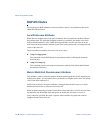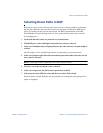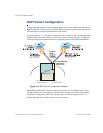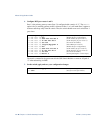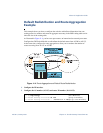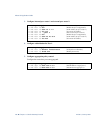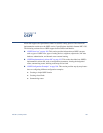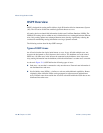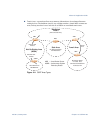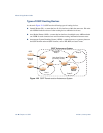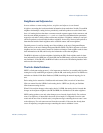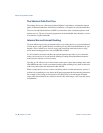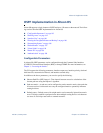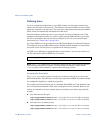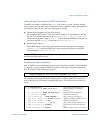
Alteon OS Application Guide
188
Chapter 12: OSPF 42C4911, January 2007
OSPF Overview
OSPF is designed for routing traffic within a single IP domain called an Autonomous System
(AS). The AS can be divided into smaller logical units known as areas.
All routing devices maintain link information in their own Link State Database (LSDB). The
LSDB for all routing devices within an area is identical but is not exchanged between different
areas. Only routing updates are exchanged between areas, thereby significantly reducing the
overhead for maintaining routing information on a large, dynamic network.
The following sections describe key OSPF concepts.
Types of OSPF Areas
An AS can be broken into logical units known as areas. In any AS with multiple areas, one
area must be designated as area 0, known as the backbone. The backbone acts as the central
OSPF area. All other areas in the AS must be connected to the backbone. Areas inject sum-
mary routing information into the backbone, which then distributes it to other areas as needed.
As shown in Figure 12-1, OSPF defines the following types of areas:
Stub Area—an area that is connected to only one other area. External route information is
not distributed into stub areas.
Not-So-Stubby-Area (NSSA)—similar to a stub area with additional capabilities. Routes
originating from within the NSSA can be propagated to adjacent transit and backbone
areas. External routes from outside the AS can be advertised within the NSSA but are not
distributed into other areas.



